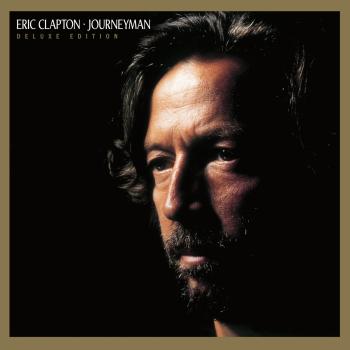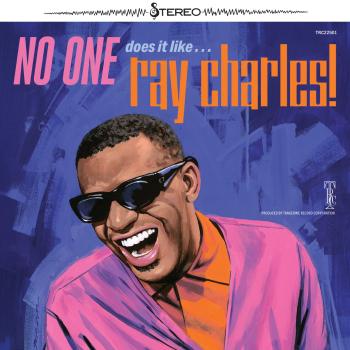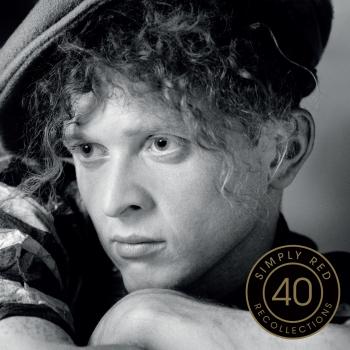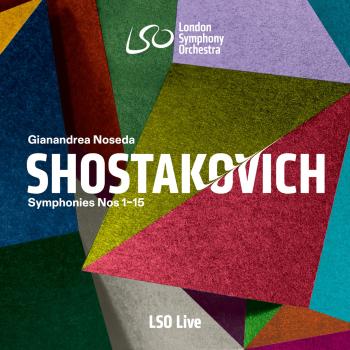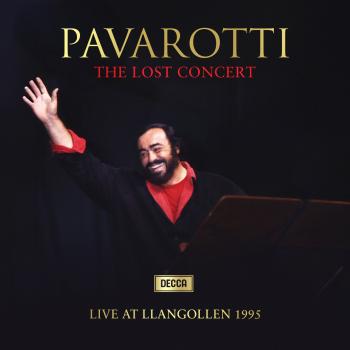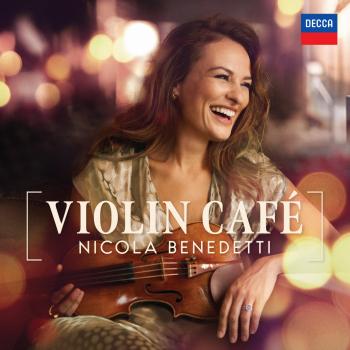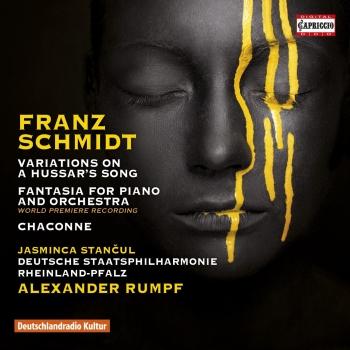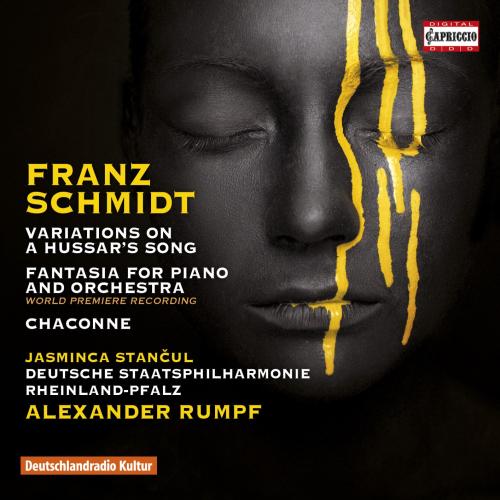
Schmidt: Variations on a Hussar's Song, Fantasia & Chaconne Jasminka Stancul, Deutsche Staatsphilharmonie Rheinland-Pfalz & Alexander Rumpf
Album info
Album-Release:
2016
HRA-Release:
20.10.2020
Label: Capriccio
Genre: Classical
Subgenre: Concertos
Artist: Jasminka Stancul, Deutsche Staatsphilharmonie Rheinland-Pfalz & Alexander Rumpf
Composer: Franz Schmidt (1874-1939)
Album including Album cover
- Franz Schmidt (1874 - 1939): Variations on a Hussar's Song:
- 1 Variations on a Hussar's Song: Introduction 04:59
- 2 Variations on a Hussar's Song: Theme - Vars. 1-5 03:47
- 3 Variations on a Hussar's Song: Lento 01:57
- 4 Variations on a Hussar's Song: Vars. 6-10 06:47
- 5 Variations on a Hussar's Song: Vars. 11-12 03:38
- 6 Variations on a Hussar's Song: Vars. 13-15 - Coda 05:07
- Fantasia for Piano & Orchestra in B-Flat Major:
- 7 Fantasia for Piano & Orchestra in B-Flat Major 19:40
- Chaconne for Orchestra in D Minor:
- 8 Chaconne for Orchestra in D Minor 27:31
Info for Schmidt: Variations on a Hussar's Song, Fantasia & Chaconne
Franz Schmidt's exemplary organ works and his oratorio The Book with Seven Seals rank today among his major compositions. This recording, however, features some of the rarities, including the Fantasia for piano and orchestra in B flat major. The work is thought to have been written in 1899 and finds Schmidt anticipating material from his successful opera Notre Dame. Long considered lost, the première of the fantasia took place more than a century after its composition, on 8 November 2013 in the Vienna Musikverein. Variation form always held a special appeal for Schmidt, either in the form of thematic elaborations or in that of his large-scale Chaconne. The work's 1931 orchestral version (an arrangement of the Chaconne for Organ in C sharp minor) received its première at a 1933 subscription concert given by the Vienna Philharmonic, conducted by Clemens Krauss. The distinguished conductor was also the dedicatee of the Variations on a Hussar's Song for Orchestra, composed the same year as the orchestration of the Chaconne. It, too, was premièred in 1931 by the Vienna Philharmonic under Clemens Krauss, who then gave a subsequent performance at the Salzburg Festival that summer. The work was first heard in the USA in February 1932, performed by the New York Philharmonic under Bruno Walter.
"Outside his native Austria, most of Franz Schimdt's music remains in the twilight zone, its stigma of having found approval with the Nazis in the 1930s impossible to erase. Naxos has released a cycle of the symphonies, the fourth of which just about clings to the periphery of the repertory, along with Schmidt's gigantic oratorio The Book with Seven Seals. This Capriccio collection offers three more candidates for rehabilitation. The piano-and-orchestra Fantasia from 1899 anticipates material Schmidt used in his opera Notre Dame five years later, while the Variations on a Hussar's Song and the orchestral Chaconne in D minor date from 1931. Performances under Alexander Rumpf are more than decent, but the music is distinctly variable, with the Fantasia, in which Jasminka Stancul is the soloist, as the most routinely late Romantic. The Variations are skilful and sometimes distinctly adventurous harmonically, if you can stomach the unremitting back-slapping cheerfulness of the theme. It's the big-boned Chaconne, almost half an hour long, that is the most compelling piece here, conjuring an unexpectedly massive music structure out of what seems, at first, a rather unprepossessing theme." (Guardian)
"I very much expect that this excellent disc will contribute to the ongoing re-evaluation of Schmidt's musical reputation." (MusicWeb International)
"Variations of a Hussar's Song and the Chaconne for Large Orchestra both date from 1931, late in Schmidt's career. This is music of undemanding melodic appeal, and Schmidt's clear but inventive use of variation form leads the ear. Three large-scale works from Franz Schmidt here receive elegant and flowing, if slightly understated, performances. Variations of a Hussar's Song and the Chaconne for Large Orchestra both date from 1931, late in Schmidt's career. This is music of undemanding melodic appeal, and Schmidt's clear but inventive use of variation form leads the ear. Alexander Rumpf makes both works flow naturally, never compromised by their sectional structure, and the playing from the Rheinland-Pfalz orchestra is precise and alert. The Fantasia for Piano and Orchestra, here receiving its premiere recording, is a much earlier work, from 1899, its music later reworked in the opera Notre Dame. Schmidt struggles to combine piano and orchestra, often simply alternating, although he brings them together successfully at the end. Pianist Jasminka Stan ul easily handles this undemanding music, and without over emphasising its simplicity. An attractive album, although Schmidt's conservative harmonic language, tonal without a trace of dissonance, tends towards blandness after an hour." (Classical Source)
Jasminka Stancul, piano
Deutsche Staatsphilharmonie Rheinland-Pfalz
Alexander Rumpf, conductor
Jasminka Stančul
born in Serbia, studied in her home country, completed her studies at the University for Music and Performing Arts in Vienna with Noel Flores and in Geneva with Maria Tipo.
Based on her musical talent and her exceptional approach to the music of Beethoven she was awarded “Winner of the 1st prize at the International Beethoven Competition in Vienna”.
Jasminka Stančul's solo performances led her to perform with outstanding orchestras as the Wiener Symphoniker, Camerata Salzburg, Bruckner Orchester Linz, Royal Philharmonic Orchestra, Bournemouth Symphony Orchestra, Beethoven Orchestra Bonn, Stuttgarter Philharmoniker, Philharmonie Essen, Nürnberger Philharmoniker, Südwestdeutsche Philharmonie, Württembergische Philharmonie, Berliner Symphonie Orchester, The City of Prague Philharmonic Orchestra, Slovenská filharmoniá Bratislava, Zagreb Philharmonic, Warsaw Philharmonic, Hungarian National Philharmonic, St. Petersburg Philharmonic, Estonian National Symphony Orchestra, Orchestre de Paris, Haydn-Orchester Bozen, Tokyo Symphony Orchestra, Sydney Symphony Orchestra, Australian Chamber Orchestra, Pittsburgh Symphony Orchestra, Los Angeles Philharmonic, Madison Symphony Orchestra, Charlotte Symphony Orchestra, Slovenian Philharmonic Orchestra, to name a few.
Jasminka Stančul has worked with distinguished conductors such as Daniele Gatti, Fabio Luisi, Nikolaj Alexeev, Semyon Bychkov, Asher Fisch, Ádám Fischer, Hans Graf, Lorin Maazel, Ari Rasilainen, Essa Pekka Salonen, Kurt Sanderling, Horst Stein, Jukka Pekka Saraste, Bruno Weil, Tomas Netopil, Aleksandar Markovic, Stéphane Denève, Kasushi Ono and many more.
She appears at many important festivals such as the Klavier-Festival Ruhr, Schleswig-Holstein Festival, Rheingau Music Festival, Maggio Musicale Fiorentino, Settimane Musicale di Stresa, Carinthischer Sommer and the Attergauer Kultursommer.
Jasminka Stančul performs regularly at the Tiroler Festspiele Erl with Gustav Kuhn.
Chamber music is a very special favorite for Jasminka Stančul. She is member of the Vienna Brahms Trio which is regularly invited to perform in concert halls worldwide. Jasminka Stančul enjoys a close cooperation with the Wiener Streichquartett, an ensemble of members of the Wiener Philharmoniker, with whom she regularly performs at the Wiener Musikverein and in Japan.
Christian Altenburger, Franz Bartolomey, Patrick Demenga, Julian Rachlin, Benjamin Schmid, Nikolaj Znaider are only a few of many interpreters sharing a close cooperation with Jasminka Stančul.
Recently she recorded Beethoven’s Piano Concertos N° 1 and 5 and the Mozart-Concertos KV 271 and 595 for col legno.
Jasminka Stančul teaches at the Music University Ljubljana since October 2013.
She also gives international masterclasses for piano regularly and is requested to hold a seat as adjudicator at several prestigious piano competitions.
Jasminka Stančul prefers FAZIOLI concert grand pianos.
This album contains no booklet.





